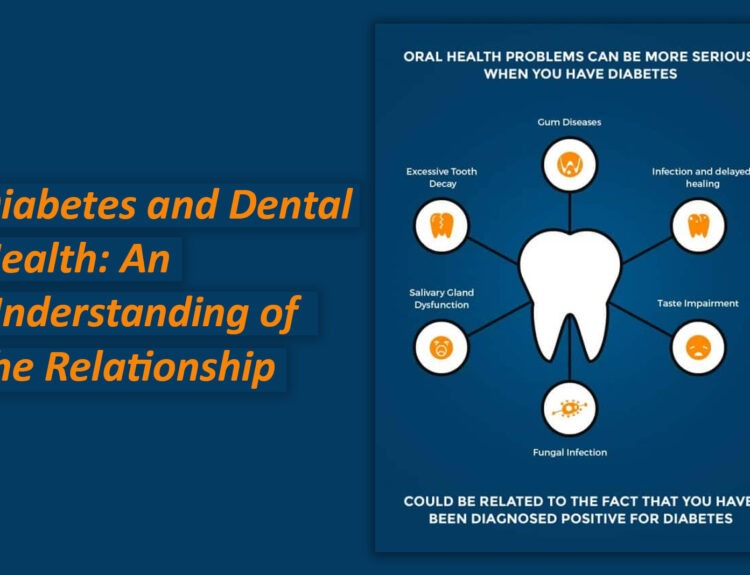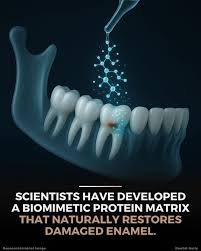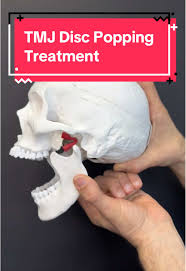Yawning is a common yet overlooked physiological function that has significant implications for jaw joint (TMJ) health and dentistry. It is generally associated with tiredness, boredom, or the body need for increased oxygen. Excessive or forceful yawning, however, can contribute to TMJ disorders and other dental concerns
Yawning and TMJ Function
The TMJ is a complex joint that facilitates movements necessary for chewing, speaking, and yawning. It connects the lower jaw to the skull, allowing both hinge and sliding motions. During yawning, the jaw opens widely, stretching the TMJ ligaments and surrounding muscles. In individuals with a healthy TMJ, yawning poses no significant issue. For those with pre-existing TMJ dysfunction, excessive yawning may lead to joint strain or even partial dislocation of the joint.
Implications of TMJ Dysfunction
TMJ disorder includes a range of conditions affecting the joint structure, muscles involved in chewing and accompanying structures. Common symptoms of the disorder manifest jaw pain, clicking or popping sounds, difficulty in opening or closing the mouth, and headaches. Yawning can exacerbate these symptoms by exerting additional pressure on the already compromised joint. In severe cases, a forceful yawn can trigger acute TMJ locking, where the jaw remains open or closed due to muscle spasms or joint displacement.
From a dental perspective, TMJ dysfunction can have a direct impact on oral health and treatment planning. The excessive strain on the TMJ from yawning can contribute to bruxism (teeth grinding), leading to enamel erosion, tooth sensitivity, and increased risk of fractures. In addition, improper bite alignment also cause TMJ disorders, as the position of the teeth influences jaw function.
Patients with TMJ-related discomfort may experience difficulties in undergoing routine dental procedures, such as prolonged mouth opening for extractions, root canal therapy, or prosthetic adjustments. Dentists must take into account TMJ sensitivity when performing procedures, ensuring minimal strain on the joint by providing regular breaks and using bite blocks or other supportive devices.
Management and Prevention
To minimize the adverse effects of yawning on the TMJ, patients with TMJ disorders should adopt preventive measures, such as:
- Practicing controlled yawning by supporting the jaw with a hand to limit excessive movement.
- Performing TMJ-friendly exercises to strengthen jaw muscles and improve joint stability.
- Using warm or cold compresses to relieve TMJ-related discomfort.
- Seeking dental intervention for occlusal adjustments, splint therapy, or other TMJ management techniques.
In cases where yawning contributes to persistent TMJ pain, a multidisciplinary approach involving dentists, physiotherapists, and oral surgeons may be necessary for effective treatment.





